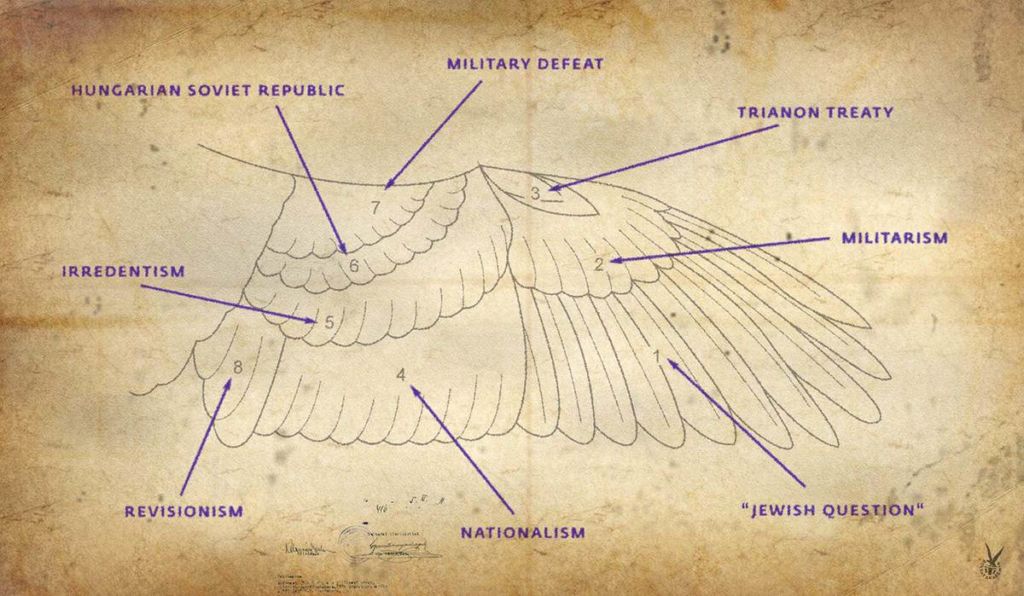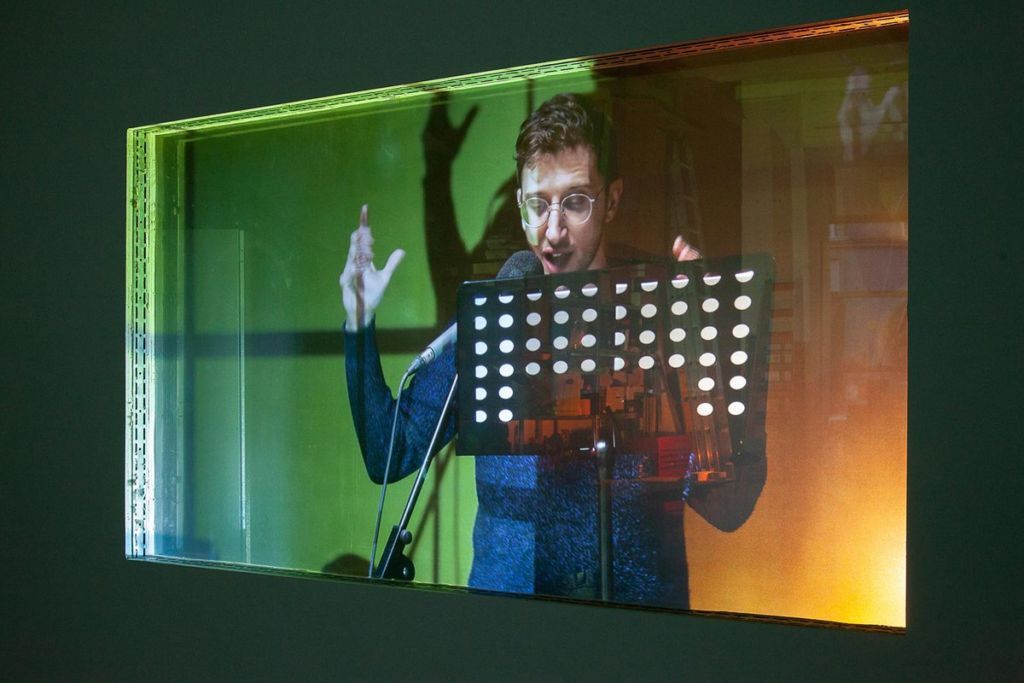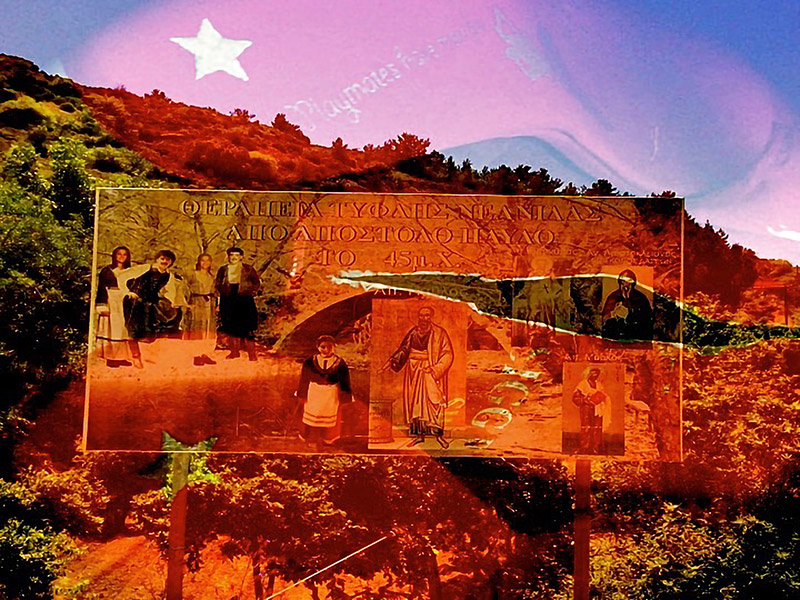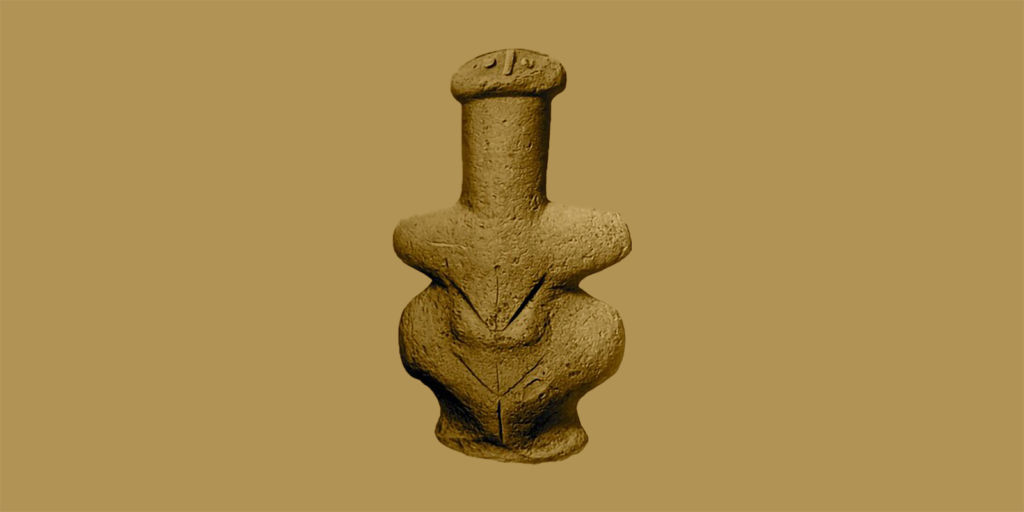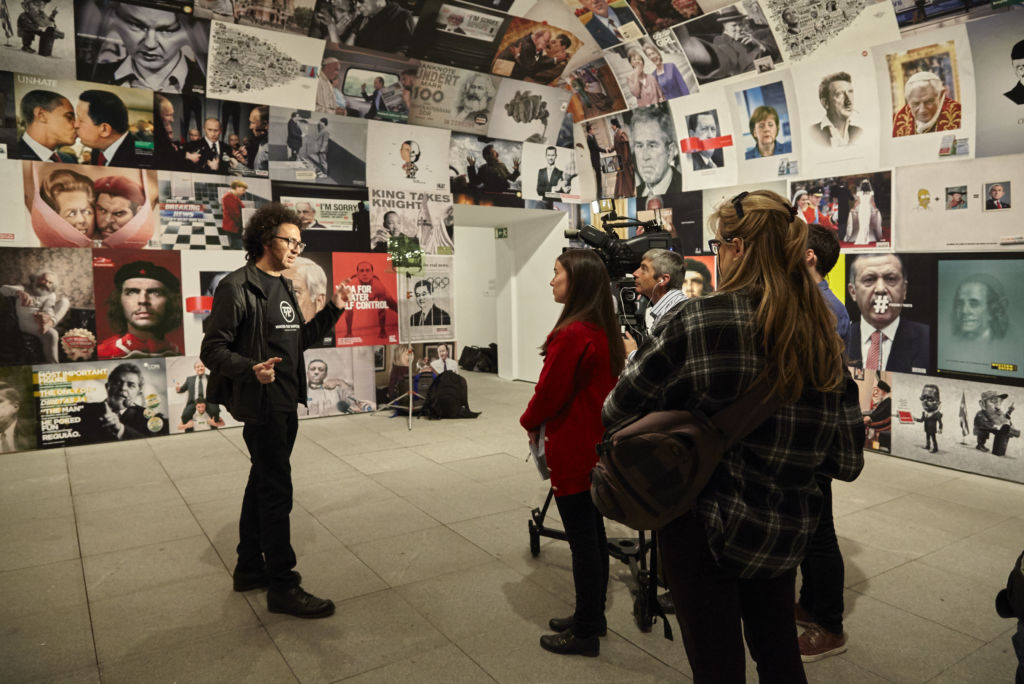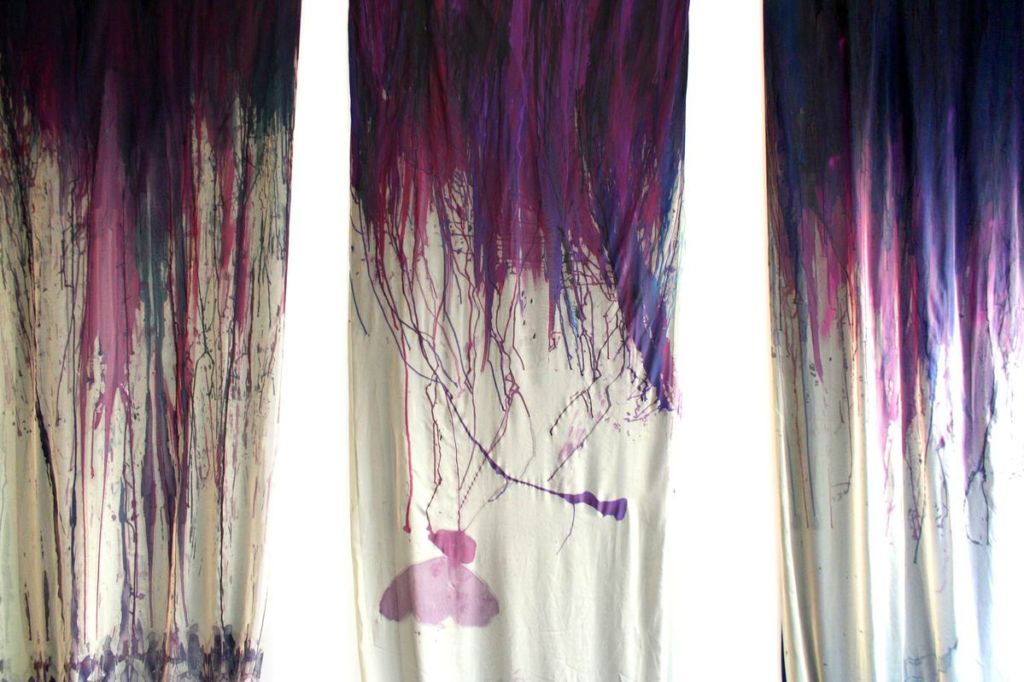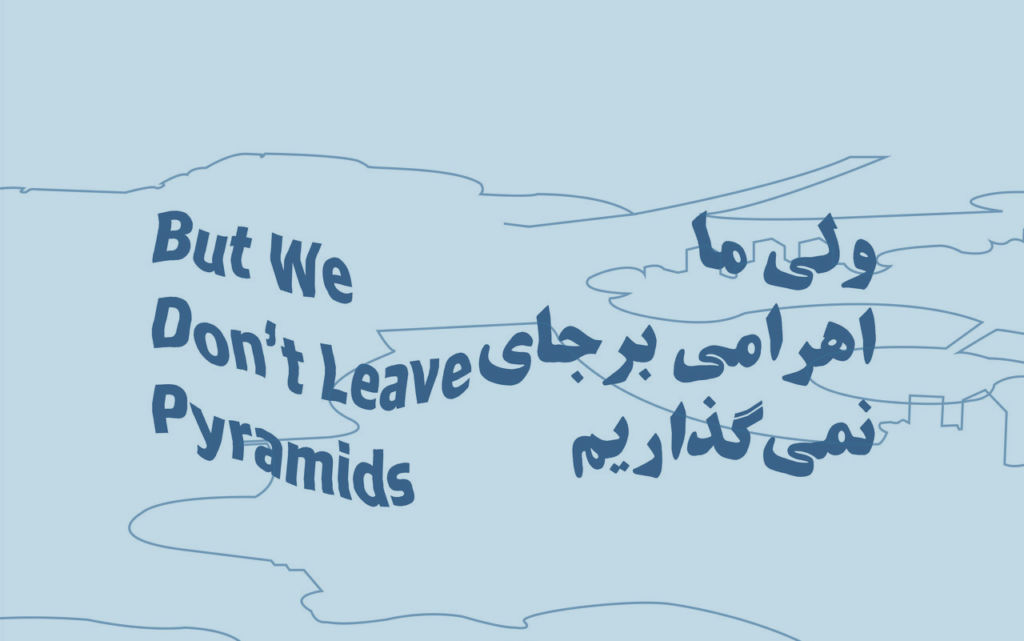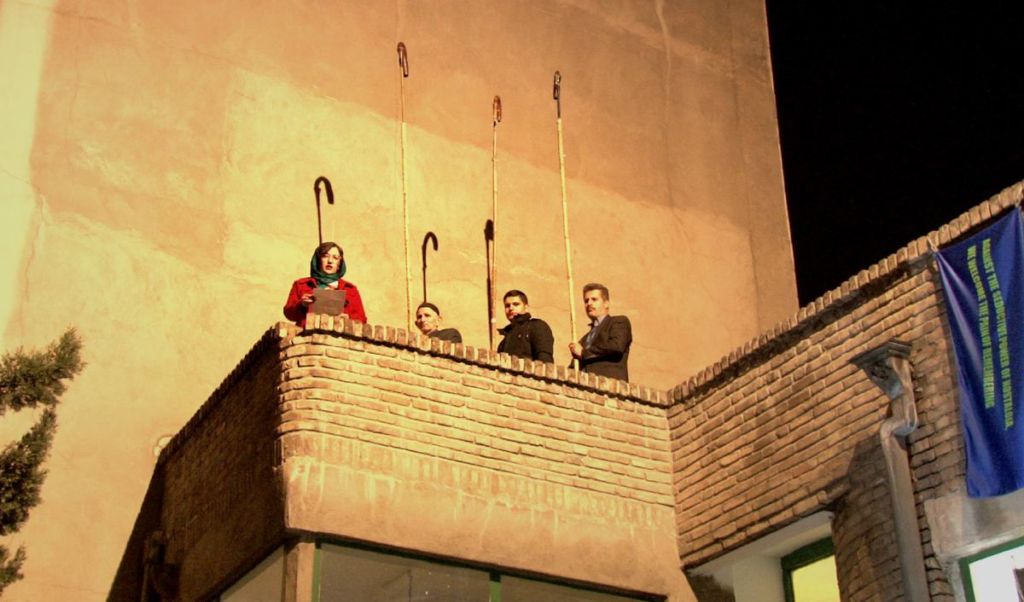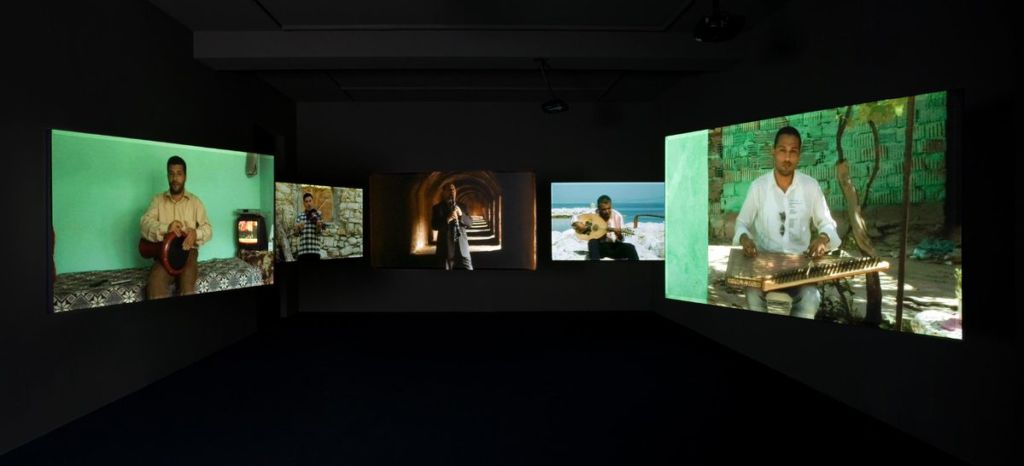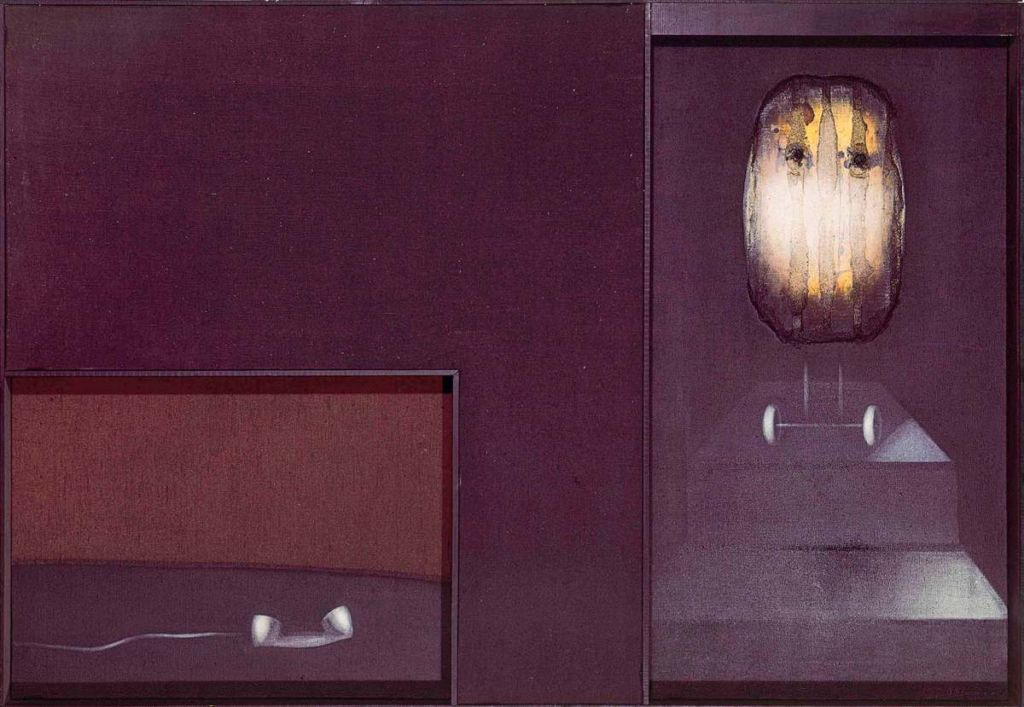Faced by world divided between different spheres of domination and power, whose crushing complexity inspires withdrawal and submission, Mika Rottenberg places the experience of the individual body back at the heart of the creative process. Her pieces follow several axes: the Fordist work model, exploiting the body and its secretions—most specifically the female body—and opening doors and passageways between fractured realities that have been irrevocably torn apart by globalization. To enter her pieces or exhibitions is to cross a threshold, manifested in elements like doors, perforated rails, and corridors, producing a state of awareness where the spectator can observe the transition from one register of reality to another. These reflexive nodes are explored through highly vivid imageries where fiction is anchored in meticulous observation, inventing new narratives and relationships between spheres typically held separate by our globalized world.
Mika Rottenberg’s universe manifests itself in film as much as in real life: it infiltrates the studio and exhibition spaces through walls, floor and ceiling. Her first projects, which were shot in studios, are based on encounters with women who perform specific modes of production related to their physicality. Whether they have very long nails painted in rich patterns or an exceptional size or weight, they rent out their bodies in exchange for economic gain. This voluntarily servitude in a very American culture of self-management echoes how individuals are exploited by our high-yield economy. In addition to asking these individual bodies to engage in simple actions within an extraordinary production line, such as commercializing sweat in Tropical Breeze, the artist also shoots scenes from within real-life labor conditions, for instance in the salad fields of Mexico (Squeeze).
These parallels form relationships amongst the absurd ways in which capitalist structures manage our way of being, from all sides, in a kind of metonymy of our relationship to production and consumption extended to all the body’s potential, and the planet’s. Both are harshly exploited, creating a portrait of reduced humanity wherein every person is chained to specific gestures and spaces. On the American side, the bodies are noticeably isolated by their workplace, whereas in other countries, bodies are embedded within a vast organization. Mika Rottenberg composes her films so as to reveal connections between the two, since the places and rhythms of each gesture are interdependent, even if they occur on opposite sides of the planet. There is often a childlike imagination at work in the homemade, pieced together nature of her installations, but also in the suspension of disbelief, for example when a Chinese worker’s feet walk “across” the planet and arrive in a typical American office. The absurdity of the effect becomes secondary through a construction (similar to films by Méliés or Jean-Christophe Averty) that is transparent about the mechanisms and settings at work, without decreasing the fiction’s potency. Although the images are real in part, the way the shots are orchestrated and the surrealism surrounding certain scenes shift the entire work into another register. There is no dialogue, just the occasional word or two mentioned, like “I see it”, underscoring the visuality at play. And though it is present in some scenes, the documentary aspect is diminished by the fact that no one ever knows where the images are shot. Specific situations are used as archetypes of social states, and the titles of the pieces, like Tropical Breeze (2004), Dough (2005-2006), Cheese (2008), Squeeze (2010), Sneeze (2012), Nonoseknows (2015), similarly distance us from an overly sociological reading of the work. Instead, the titles name key elements, actions or objects and direct our attention toward the possibilities of matter and body to create organizations of their own, ones with a seemingly narrow notion of humanity.
In Nonoseknows as in Squeeze, Mika Rottenberg travelled to shoot on location. In China she was interested in the cultured pearl industry. Although she starts with images shot directly in a factory, in collaboration with the workers there, she soon borrows from their work gestures in order to transpose them to more surreal ground. With masterful editing, she pushes the industrial production line to a dreamlike extreme, forging a link between the conditions for economic exploitation and American middle class achievement, as represented by the personal office with a door that can be closed. From one location to the other, from one woman to another, Mika Rottenberg describes the miserable social conditions that atrophy mind and body: nobody is given any space for dialogue during work hours. The editing uses cause and effect to make these heterogeneous elements hold together and lend credibility to processes that are clearly absurd. The body is an ecosystem that is an integrated part of the production line. Stretching, sweat, nails, hair, yoga exercises… everything transforms into a sad and depressing reflection of the globalized world. But there is also humor, triggered by the often-comical nature of the actions and their repetition, the liveliness of the process, and the hand-made aspect of the sets. Noses stretch or sneeze out rabbits and the surreal atmosphere interferes with the day-to-day of a Chinese factory worker. Although there is criticism of how capitalism affects our lives, there is also visual generosity. The body is a territory in constant transformation, mostly invisible on a daily scale, yet in many ways resisting the paralytic tendency of its environment. The artist explores these unconscious pathways using the most unexpected means, following them into a world of visibility.
In her vast studio, Mika Rottenberg builds doors with giant holes, bits of tunnel and sculptural décors that draw the eye into a perceptual, physical experience. Echoing the work by El Lissitzky in the 1920s, the spatial configuration in her pieces is anchored to real physical space and challenges the rigorous construction inherited from perspective. Rules are reversed: a horizontal production line is made vertical, there are several simultaneous vanishing points and the installation seems to have no central organization or hierarchy. The viewer’s attention is constantly redirected by a dropped ceiling, the whirr of an air conditioning unit or the backside of another set that disturbs our sense of fiction. This physical and mental occupation of space elicits other modes of experience, accentuated by our loss of stable references and a defined horizon. The exhibition in Palais de Tokyo (Paris) in 2016 also played on this confusion, creating a labyrinth of pathways between elements with no clues about which way to go, no narrative structure. Like El Lissizky, Mika Rottenberg‘s approach is founded on societal reflection that plays with the utopia of transforming the gaze. Our eyes widen so we may see, in secret, what the world has organized itself to conceal. This is particularly strong in Cosmic Generator (2017), created for Skulptur Projekte Münster, an event that occurs once in a decade and is dedicated to sculptural projects for the public space. Mika Rottenberg chose to work in a residential neighborhood in the suburbs, in an abandoned Chinese store. The visitor must make the effort of going out there in search of the piece, which is only identified on the outside by a tagged storefront and a broken awning that reads “Asianshop Lebensmittel”. Shelves partially stocked with lines of identical products and a counter lit up and decorated with garlands creates an atmosphere somewhere between reality and installation. The back of the store leads to a projection room.
The first gesture in the film is a hand lifting the dome cover of a food tray, leading the camera to travel into a tunnel lit by bare and colored bulbs. Later, one comes to realize that the camera has travelled through a tunnel between Mexico and the United States. But what is gripping from the start is the importance placed on how the viewer sees, the risk the viewer must take to follow something that extends past all the usual references. The long tracking shot, put together using DIY cinematographic techniques, opens onto an underground room where a woman is busy crushing light bulbs with a hammer. Her repetitive gesture produces a rather fascinating pile of colored glass, which is a recurring register of attention in Mika Rottenberg’s work, enabling her to more easily guide the spectator through complex and disorienting narrative tracks. We then meet a man who is struggling underground, before seeing him emerge onto a lively street that is in fact running along the Mexican-US border. Mika Rottenberg’s project is based on a legend: that Chinese stores in Mexico have tunnels to enter the US. And yet, the day she arrived on location for her film shoot, she heard Donald Trump announce on television that a wall would be built along the Mexican border to stop illegal immigration. The absurdity of a political decision and its complete denial of reality, since a wall is already partially in place, are palpable in her film. Everything is at the same time terribly real and entirely grotesque.
On the Mexican side, the wall is a populated space, brimming with sound, music and car horns and all kinds of interactions. On the US side, it is a vast sandy desert void of any human presence, filmed via a long tracking shot in which the wall becomes a sculpture. Mika Rottenberg then conjures, as if by magic, a woman pushing a shopping cart, the same one who, earlier in Mexico, quietly invited other women to look closely under the domes, lifting them like an illusionist to give access to the tunnel entrance. In Mika Rottenberg’s world, sneezing, wiping your nose or opening eyes wide are all potential ways of unlocking a magical event. The film, just like the installation inside the store, reinforce this idea of a tunnel-piece, a crossing, a passage where space unfolds at both ends, and between them we are forced to break our usual viewing habits. The point is not just to show the viewer what goes on backstage, especially since it is not a matter of authenticity. Many objects are there because, as El Lissitzky once put it, “to create a space is to create objects”. In Cosmic Generator, bodies are packed within overflowing objects and saturated spaces, ones where women and men wait for an absent client amidst the accumulation of a society toppled by over-consumption. To the repeated gestures of opening shells in Nonoseknows, which elicits a sense of nausea, this piece answers with carefully premeditated destruction. Bodies, objects and spaces describe fascinating relationships like junk toys, but are terribly empty of meaning and potential. The sheen of playfulness is what enables us to see how our organization of work has gone awry. It does not try to make the world prettier or more poetic, rather shows quite simply the physical and mental states shackled by capitalist operations whose mechanisms and beliefs interfere at the heart of individual lives.
Translation by Maya Dalinksy




